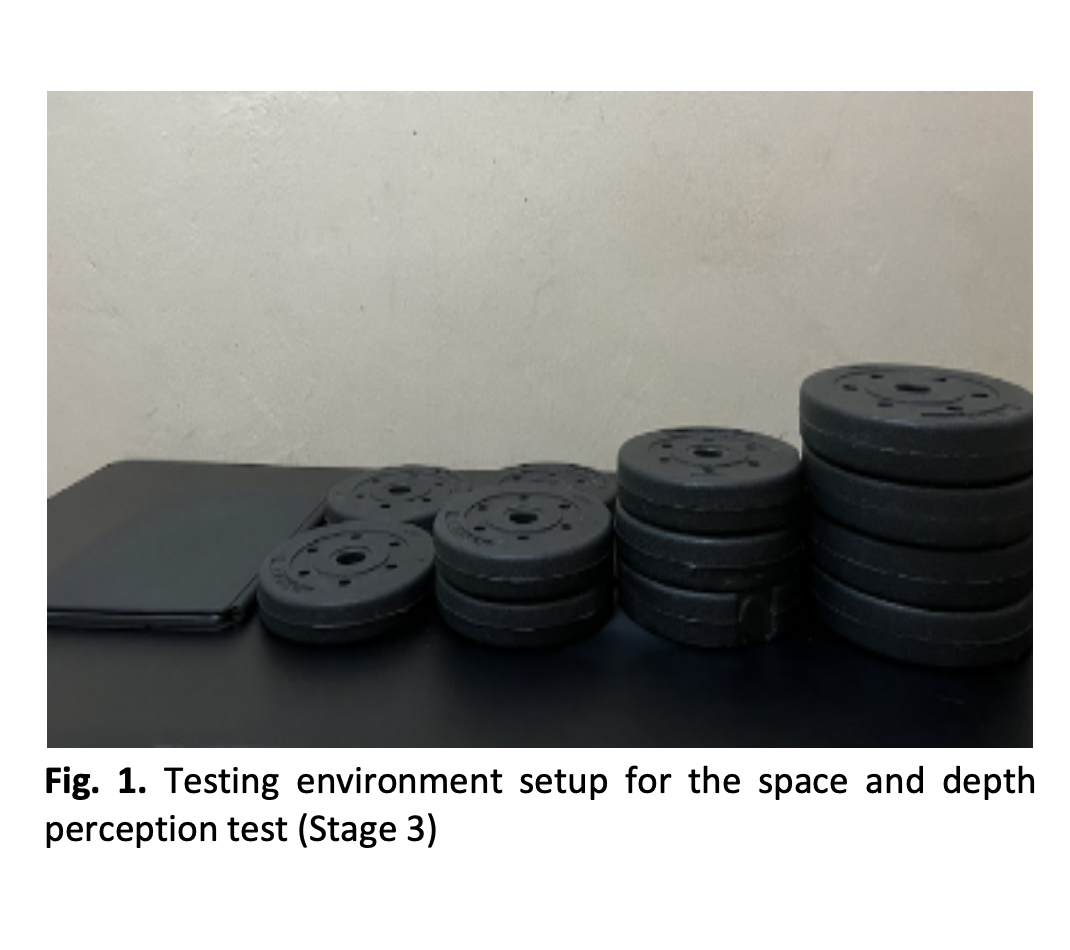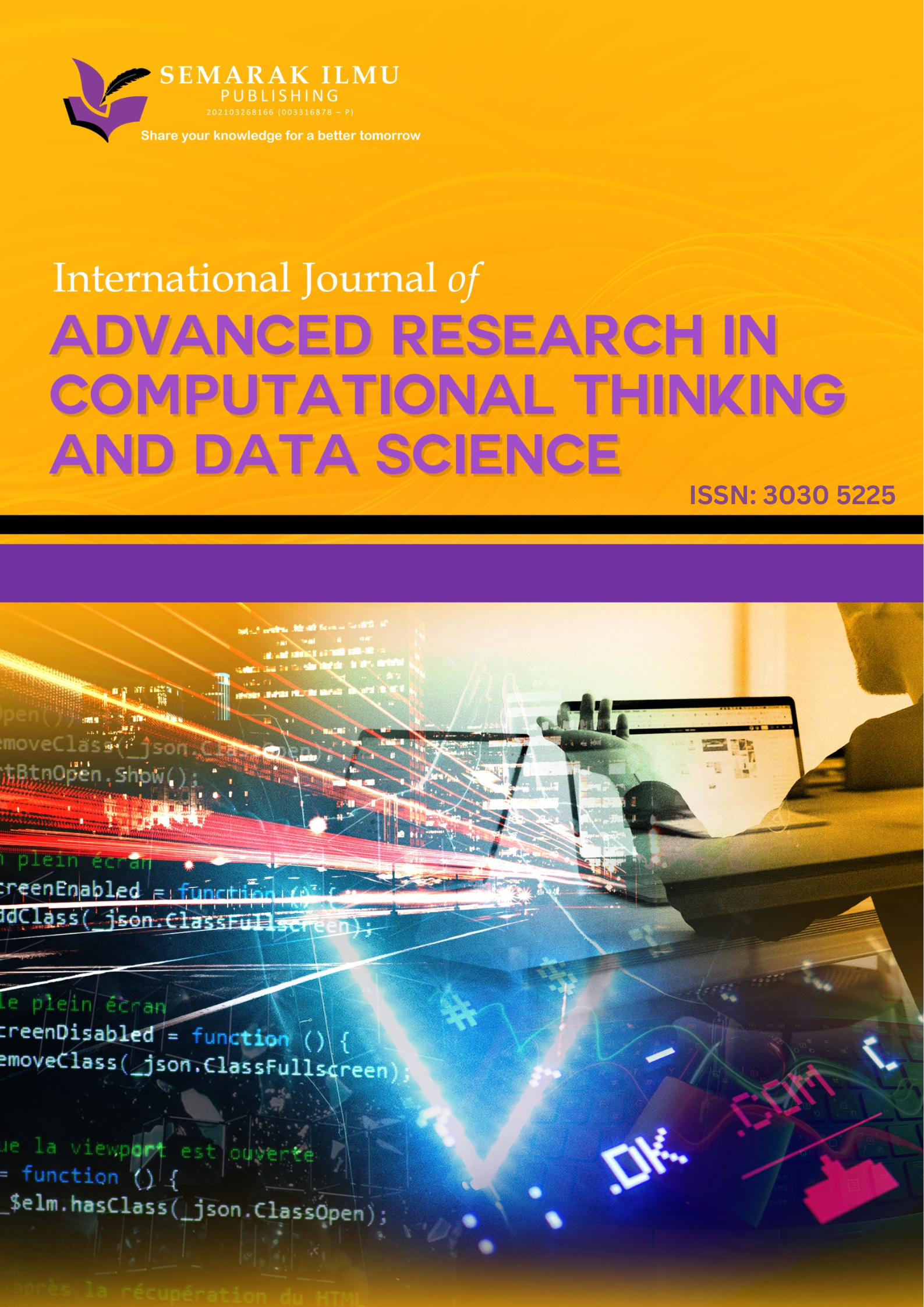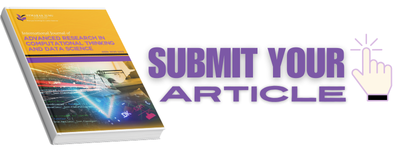Performance Analysis of Light Detection and Ranging (LIDAR) in Augmented Reality (AR)
DOI:
https://doi.org/10.37934/ctds.3.1.3239Keywords:
Augmented Reality (AR), LIDAR, Light Detection and RangingAbstract
Augmented reality (AR) has existed for decades, dating back from roughly 50 years ago when the renowned ‘father of computer graphics’ Ivan Sutherland first invented an AR head-mounted display system. Ever since, various organizations strive to improve the technology but while the AR technology definitely evolved significantly since its advent, the technology progress is relatively stagnant these past few years whereby we see little to no usage at least from common end user perspective. This may be due to various limitations of technologies currently utilized in AR. However, things may change since in 2020, the tech giant, Apple Inc. has made an unprecedented breakthrough by including the light detection and ranging (LiDAR) scanner on consumers’ smartphones which could potentially revolutionize the AR industry. This research primarily revolves around analyzing the performance of utilization of LiDAR technology in AR mainly in mobile devices available for the mass. The methodology and concept for this research is fairly straight-forward, the AR experience boosted by the newly introduced LiDAR technology will be compared with the widely used technology which primarily consist of the implementation of Simultaneous Localization and Mapping (SLAM) and RGB camera with the exclusion of LiDAR and assessing the potential of LiDAR to further improvise AR experience and implementation in various fields. Testing results has shown significant improvement from various important aspects in AR whereby occlusion is possible in object rendering, the estimations based on live visual stimuli accuracy at roughly 99% in comparison to the true values as well as the ability to accurately perceive the geometry of objects in the real world environment through advanced depth and space perception.
Downloads










